Château Berliquet 2022
Description
Le Château Berliquet reflète fidèlement son atmosphère distinctive. Il exprime la tension du calcaire et la force de l'argile. Bien qu'il soit encore en cours d'affinage en fût, la dégustation en primeur laissait déjà entrevoir les qualités exceptionnelles de ce vin. Au nez, on remarque des notes de figue confite sur un fond vert intense, avec une texture granuleuse et une saveur sucrée. On retrouve également de la fraîcheur : du jus de grenade et une touche de romarin
Fiche technique
Dégustation
Vignoble et élaboration
L'avis des experts
The 2022 Berliquet offers up lovely aromas of raspberries, cherries, violets and pencil shaving, followed by a medium to full-bodied, lively and seamless palate that's dense and muscular, with rich tannin and a mineral finish. As readers will remember, this is an estate on the rise, with changes including opting to retain higher canopies, which means that the fruiting zone of rows planted along the slope are now shaded, preserving freshness.
Aromatic and fresh with sandalwood and dark fruit as well as bark and mushrooms. Medium-bodied with creamy tannins and a savory finish. Juicy is the word. Very attractive now but better in three to four years.
Dark ruby garnet, opaque core, purple reflections. Delicate rim brightening. Inviting cherry fruit, fine wood savouriness, orange zest, mineral touch. Juicy, ripe cherries also on the palate, good freshness, shows tension and length, animating style.
Juicy and fresh with a fun aspect straight away - gorgeous lift and just generous acidity which gives this a happy expression. It’s not heavy of course, it’s lightweight but so pure and focussed with a real sense of brightness and almost sweetness with blueberry, cranberry and raspberry flavours alongside orange rind and some chalkiness. Great purity. Dangerously drinkable. A tremendous effort that shows the vineyard work and precision viticulture is paying off. Ageing 37% new barrels, 22% amphorae for 16 to 18 months. 3.37pH. First year of organics. A yield of 42hl/ha.
The 2024 Château Berliquet comes from slightly more clay soils compared to its stablemate, Canon, and is always a bigger, richer wine. Darker black cherries, tobacco, scorched earth, and hints of chocolate all emerge from this incredibly successful 2024. It's medium-bodied, has plenty of mid-palate depth, ripe tannins, and outstanding length. The blend is 60% Merlot, 39% Cabernet Franc, and 1% Malbec, all of which will spend 16-18 months in 37% new barrels and 22% in amphora, from 43 hectoliters per hectare, hitting 13.5% alcohol with a pH of 3.37.

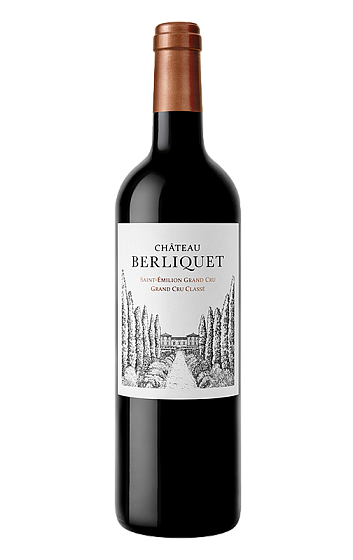


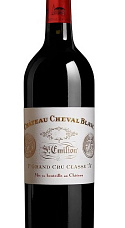
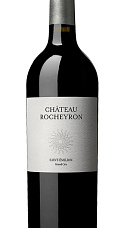
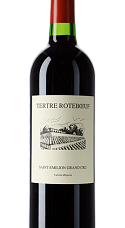
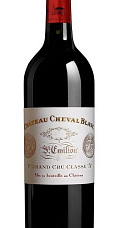



Millésimes: 2024 2022 2018
Nos membres n’ont pas encore laissé de commentaires pour ce millésime. Cliquez sur les millésimes précédents pour accéder aux commentaires.
Nos membres n’ont pas encore laissé de commentaires pour ce millésime. Cliquez sur les millésimes précédents pour accéder aux commentaires.
Nos membres n’ont pas encore laissé de commentaires pour ce millésime. Cliquez sur les millésimes précédents pour accéder aux commentaires.